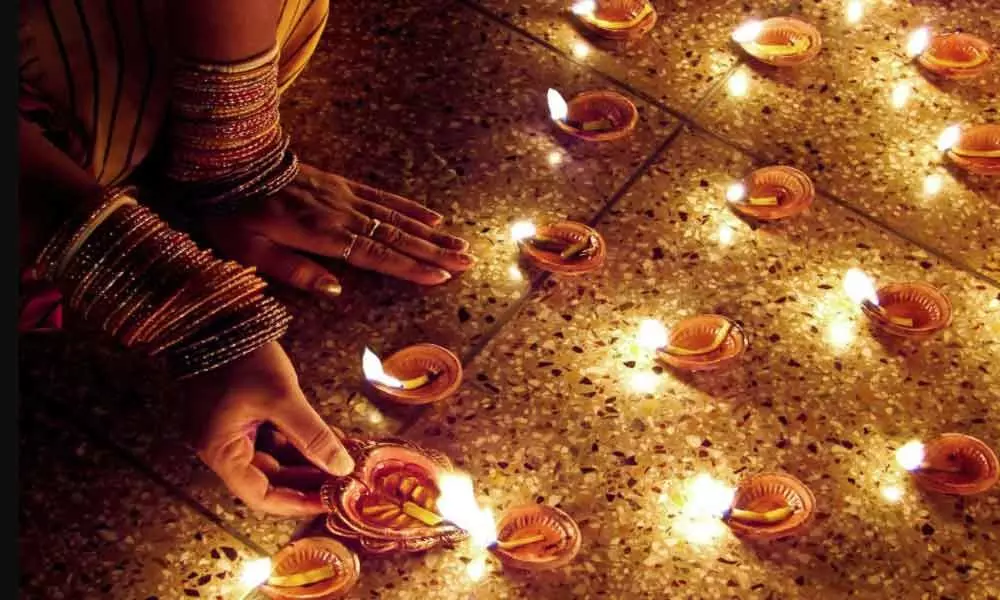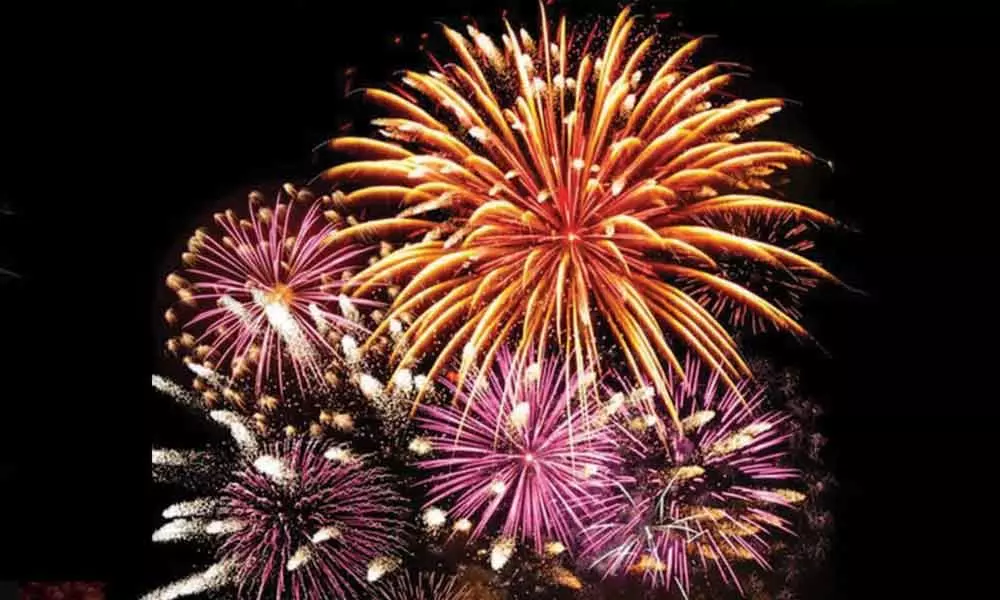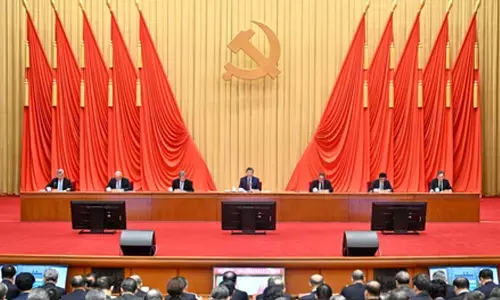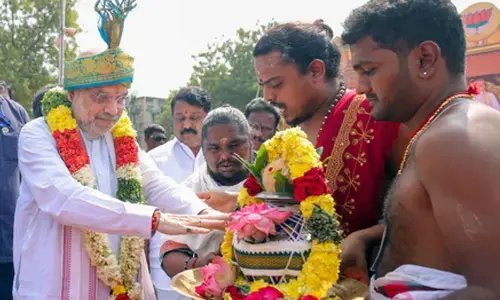Have a green Deepawali
Deepawali, one of the biggest festivals in India, is about the nostalgia and emphasis on personal relationships making it a huge celebration. However, it’s now being dubbed as the festival of noise and pollution, with global climatic conditions deteriorating, it’s high time that we celebrate a green Deepawali, and restore its grandeur as the true festival of lights...
"Shubham karoti kalyanam, arogyam, dana sampadah, Shatru buddhi vinashaya, deepa jyoti namostute"
This shloka recited while lighting a lamp says, "I pay obeisance to the light that brings prosperity, auspiciousness, good health and wealth and destroys the faulty intellect of the enemy."
The enemy here could be our own negative traits or negativity emanating from others. Deepavali, the festival that abounds in lights associated with knowledge and consciousness is one of the most loved festivals among a vast array that Hindus celebrate with pomp, splendour, piety and gaiety all-round the year. While it the same triumph of 'good over evil' celebration like most, Deepavali that derives its name from Deepa (light) and avali (rows) has over the years come to be associated with family bonding, happy times, gifts, camaraderie and good tidings. A theme exploited by advertisers for a wide range of products from mobile phones and chocolates to gold, the nostalgia and emphasis on personal relationships make it a celebration without parallel. How exactly a festival associated with the welcome accorded to Lord Rama returning to Ayodhya after vanquishing Ravana in the North of India and the reception given to a victorious Lord Krishna after slaying the demon Narakasura on the South transitioned from a festival of lights to one of the sparks remains unclear but it is undoubtedly the highlight of the festivities and one that is here to stay.
Sivakasi in Virudhinagar district of Tamil Nadu is famous for its firecracker, matchbox and printing industries which together employ about 2,50,000 people and have a turn of over 20 billion rupees growing tremendously in the decades after independence. Although the dry and arid regions of Sivakasi ideal for the preparation of crackers have churned out many varieties of crackers for several occasions it is the festival of Deepavali that has been feeding its voracious appetite. While toxic pollutants like sulphur dioxide and carbon monoxide pollute the air causing serious ailments like asthma, bronchitis, hypertension and cardiovascular diseases, noise pollution levels too prompted the Supreme Court to ban polluting firecrackers last year and rule that only green crackers with reduced emissions will be allowed. Even as Sivakasi was faced with an existential crisis, the initiative by scientists of Central Scientific and Industrial Research (CSIR) ensured that eco-friendly 'Made in India' firecrackers brightened things for both traders and customers. "2019 is truly a landmark year with green crackers that have 30 per cent fewer emissions being manufactured by our traders who received help in skill development from the Central government and the Government of Tamil Nadu. However, the stickers with the logo and the QR code denoting green crackers could not be displayed by many due to paucity of time," says P Ganesan President of Tamil Nadu Fireworks Manufacturers Association (TNFAM).
The crackers with a noise level of 125 dB are much below the present level of 160 dB according to him. The change to green crackers marks the revival of the industry here which has over 1000 manufacturing units and clocks an annual turner of over 6,000 crores.
The rising pollution levels in many cities with alarmingly high levels in the country's capital have resulted in many initiatives where school management, NGO's, celebrities and concerned citizens have been sending out messages asking people to buy only environment-friendly green crackers. A circular issued by the education department of Delhi asked schools to make Diwali more joyful by using candles, electric fancy lights and earthen lamps to keep the environment clean and use green crackers like flowerpots, pencils and sparklers that are environmentally friendly. What exactly are these green crackers? They are an improved formulation or all-new formulation of crackers developed by CSIR scientists in conjunction with the National Environmental Engineering Institute (NEERI) where the quantum of Barium nitrate has been reduced and replaced with a less polluting chemical. A green logo and a Quick Response (QR) Coding system differentiate "green crackers" from the conventional ones and the central government hopes that they will become the norm in the years ahead. Says Dr Harshvardhan, Union Health Minister, "We are happy that on one hand we are using eco-friendly crackers and on the other, our traditional celebrations with lights and firecrackers will remain intact."
There is also a growing clamour simultaneously against Chinese crackers which use less expensive and more harmful Potassium Chlorate banned in India as far back as 1992. Since the Petroleum and Explosives Safety Organisation (PESO) has not granted licenses to anyone to import these crackers categorised as restrictive items by the Director-General of Foreign Trade, these crackers are illegal, an aspect that is being given wide coverage with the hope that their use will be stopped.
Many educational institutions across the country have taken to shunning crackers totally. Greenfield', a school in Jamshedpur has decided to organise a 'Diyotsav' (lamp festival doing away with crackers and tying friendship bands like 'Diwali Suraksha Bandhan'. Sugar-free sweet hampers by celebrity chef Sanjeev Kapoor, rangolis using fresh flowers, turmeric and vermilion and eco-friendly garments add up to the overall allure of the festival being celebrated in newer ways.
There is nothing more auspicious than celebrations that care for the environment that sustains life and the lamps that are lit this year perhaps signal a new beginning. The earthen lamps shine brighter as they spread the message of bonding not just with family and friends but with the whole of creation during this special festival which is a mosaic of colourful customs and timeless tradition.


















